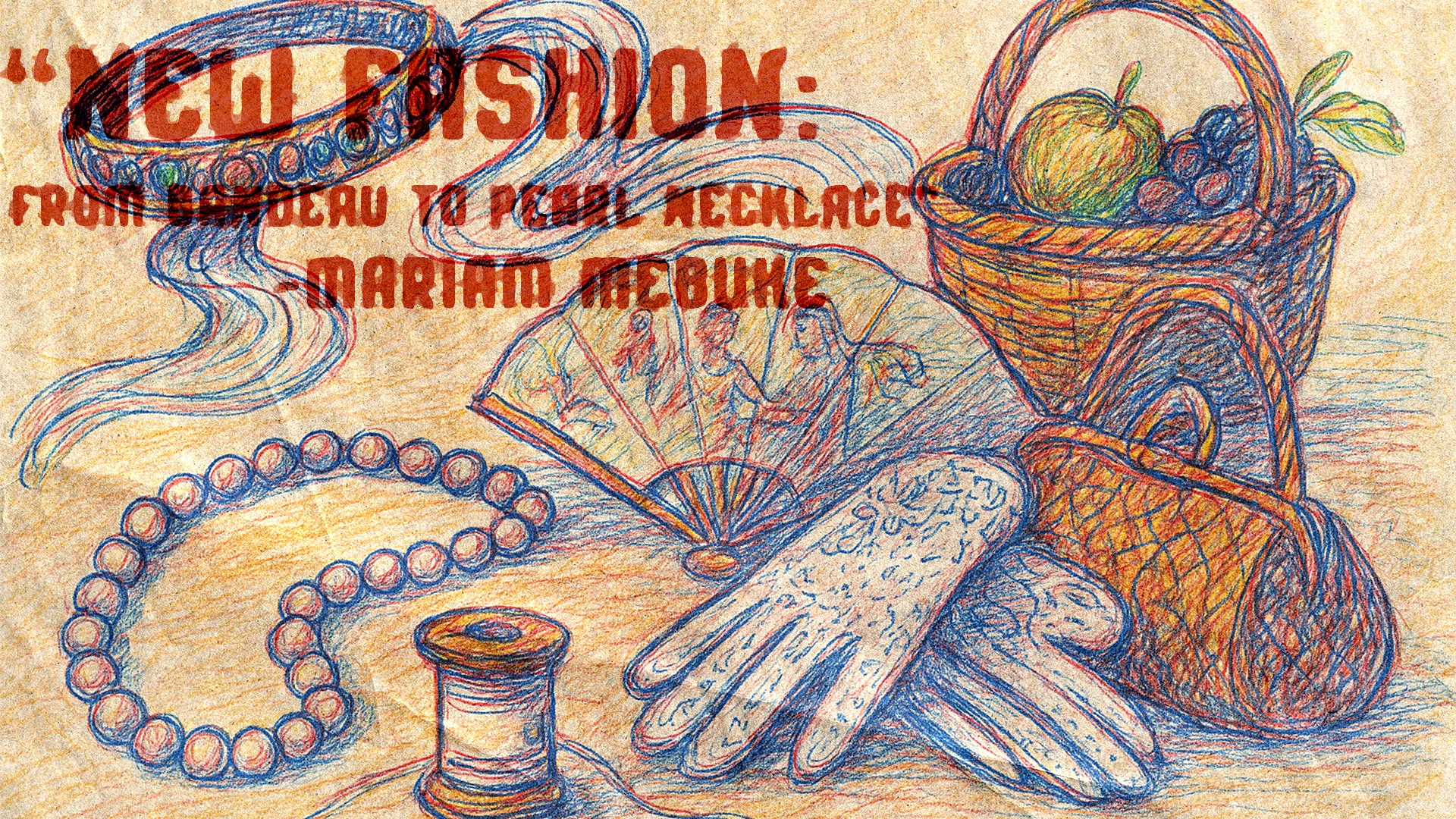Author: Mariam Mebuke
When discussing the cultural developments of the late 19th and 20th centuries, fashion must be mentioned as one of the key indicators of a society’s cultural life. Kutaisi, in particular, played a significant and fascinating role in the history of Georgian fashion.
The production of silk fabric in Georgia is closely connected with Kutaisi. In 1889, in the Kutaisi province, the country’s earliest spinning factories were opened – two small mills both known simply as the “Spinning Factory.” Kutaisi was the main center for silk production, and the fabric was sold at fairs across Georgia. These locally produced materials were quite expensive – their total value reaching up to 75,000 rubles.
At the end of the 18th and beginning of the 19th centuries, Georgian nobles still wore traditional clothing, which was expected, as industrialization came later. Additionally, Georgia’s annexation by Russia brought many cultural changes. In the 19th century, British traveler Robert Kerr Porter, in his book “Travels in Georgia, Iran, Armenia, and the Middle East in 1817–1820,” described the appearance of Georgian women. He wrote that Georgian ladies wore full, richly decorated dresses. A bandeau, adorned with diamonds and other jewels, was wrapped around their foreheads. Their faces were painted, with only their large, dark eyes shining. Silk fabric hung from the bandeau and flowed down the back, covering the neck and chest, leaving the face and body modestly hidden, as shown in the illustrations.
While researching this article, I came across an interesting caricature from 1910, kept at the National Library of the Parliament of Georgia. The drawing, titled “New Fashion,” was published in the People’s Newspaper. It shows a male merchant with a hat and a basket full of fruit, being led by a woman wearing a long dress, a large hat, and carrying a handbag that looks exactly like the merchant’s basket. This humorous image will be attached at the end of the article for interested readers.
The fan became a popular accessory from the early 19th century. These often featured scenes from ancient mythology. One source mentions that noblewomen wore fans at social events, often matching the fan’s color with white or ivory dresses. Some fans were imported from America via Europe and made their way into Georgian fashion. There’s even an image of a woman from Imereti in a fur-trimmed dress holding a fan. Later, the use of gloves became fashionable as well. A photo of Maro Makashvili shows her wearing lace gloves.
While the development of fabric production helped fashion evolve in Georgia, importing materials at that time was still a challenge. Therefore, it was important to have individuals who could introduce European fashion trends to the city and the country. Two women stand out in this role: Agrafina Japaridze (later Countess von Zarnekau) and Meri Shervashidze (model for Coco Chanel and muse of poet Galaktion Tabidze).
Let’s start with Agrafina Japaridze, a noblewoman from Racha who lived in Kutaisi. She is remembered in Georgian humor through a well-known folk rhyme: “Laughing Agrafina was given to the prince (allowed to marry) by Dadiani.” Her way of dressing stood out from the styles common in early 19th-century Georgia. Her fashion reflected the elegant clothing of emancipated European women – lace-trimmed dresses that left the chest uncovered and were completed with luxurious jewelry. In 1903, she attended a grand ball at the Winter Palace, dressed in a style typical of the Russian aristocracy of the 17th century. While this was not her usual look, the photograph of her from that event still shows sophistication and elegance. Agrafina represented the part of society that had the freedom and resources to wear what they liked, setting trends that spread more widely in the second half of the 19th and early 20th centuries.
This was the time of Meri Shervashidze, whose influence extended beyond clothing. It was a period when European culture, including fashion, poetry, and ideas, became more integrated into Georgian society. As a model for Coco Chanel, Meri quickly adopted the newest French trends. She was the first woman to wear a pearl necklace on the runway, turning it into her signature accessory. Coco Chanel later made it a fashion staple. Like Agrafina, Meri’s clothing often included bold elements for that time.
By the 1880s, Georgian fashion was changing: wide skirts were going out of style, and dresses with trains became popular. Meri Shervashidze’s most famous dress follows this trend, decorated with lace flowers. The corset also gained popularity in aristocratic circles. During this period, more women began removing their traditional headscarves and adopting short hairstyles.
In addition to these influential women, the work of Kutaisi artist Petre Otskheli deserves attention. Known for his modernist art, Otskheli also designed theatrical costumes inspired by European fashion designers. His designs were daring, filled with emotion and sensuality, and took fashion to a new level. In the History of Georgian Fashion, one of his costumes for actress Nato Vachnadze is compared to the work of Paul Poiret, a leading Parisian designer in the early 20th century.
Of course, it wouldn’t be fair to completely ignore men’s fashion. In a 1907 photo of male actors from the Kutaisi Georgian troupe, we see clear European influence. The men wear dark suits, white shirts, ties, and hats, giving them a refined and elegant appearance.
To sum up, the people of Kutaisi didn’t just follow the fashion trends of their time – they often set them, creating a unique local style. The women mentioned in this article, as well as Petre Otskheli, are proof of that. Even today, Kutaisi remains one of Georgia’s most distinctive cities in terms of fashion. I’ve read and heard many times that people from Kutaisi can show their style and individuality in any situation. Some may say it’s pride or self-confidence, but even if it is, that doesn’t make it a bad thing.
